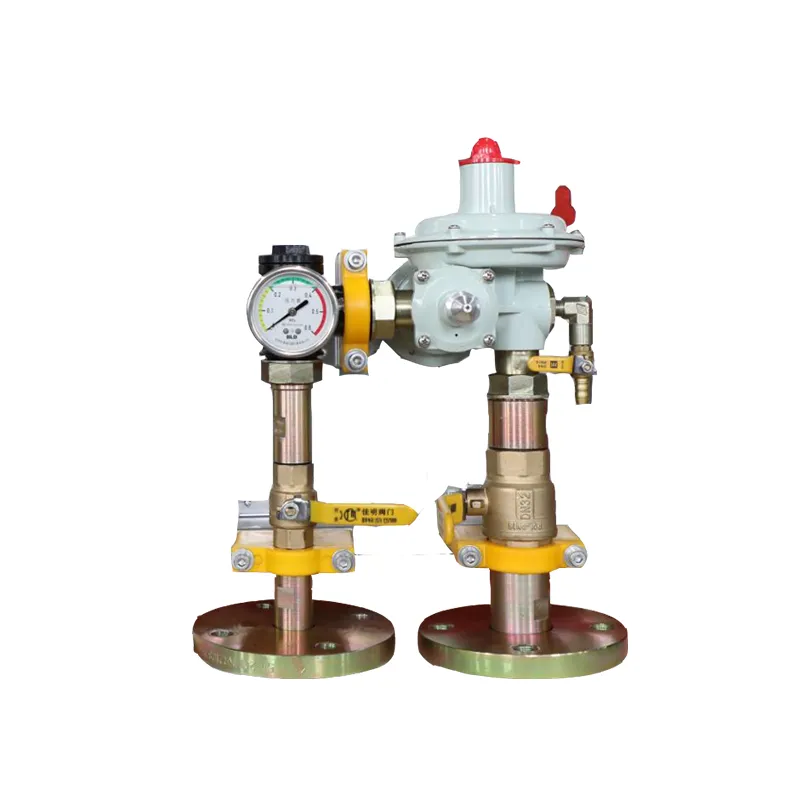
Nov . 01, 2024 21:21
Back to list
safety relief valve
Understanding Safety Relief Valves Essential Components for Pressure Management
Safety relief valves (SRVs) are critical devices in various industrial applications, designed to protect equipment and personnel by managing pressure in systems that handle gases or liquids. These valves automatically release excess pressure to prevent catastrophic failures, thereby ensuring safe operational conditions. They play a pivotal role in maintaining the integrity of various systems, from chemical plants to oil refineries, by preventing overpressurization that could lead to explosions or equipment damage.
The design of a safety relief valve is engineered to respond to changes in pressure. When the pressure within a system exceeds a predetermined set point, the valve opens to allow gas or liquid to escape. This discharge continues until the pressure drops to a safe level, at which point the valve automatically closes. The key components of SRVs include the valve body, disc, spring, and actuator, which together facilitate the rapid response to pressure changes.
One of the main benefits of safety relief valves is their simplicity and reliability. They require minimal maintenance and are straightforward to install, making them an ideal choice for many industries. Moreover, they are designed to withstand harsh conditions, ensuring longevity and consistent performance over time. Regular testing and inspection of SRVs are essential practices to guarantee their proper functioning. This not only extends the life of the valves but also ensures compliance with safety regulations.
safety relief valve

Different types of safety relief valves are available, including conventional valves, balanced valves, and pilot-operated valves, each suited to specific applications. Conventional valves are well-suited for low-pressure systems, while pilot-operated valves offer higher performance in applications involving fluctuating pressures. The choice of valve type typically depends on factors such as the operating environment, the nature of the fluid being managed, and the pressure ranges involved.
Beyond their technical benefits, safety relief valves also offer economic advantages. By preventing equipment failure and associated downtime, they can lead to significant cost savings for businesses. Furthermore, compliance with safety standards and regulations can enhance a company's reputation and reliability in the market.
In summary, safety relief valves are indispensable components in managing industrial pressures, ensuring both safety and efficiency. Their ability to prevent overpressurization protects assets and personnel while complying with stringent safety regulations. Investing in high-quality safety relief valves and adhering to regular maintenance procedures is crucial for any operation dealing with pressurized systems.
Next:
Latest news
-
Safety Valve Spring-Loaded Design Overpressure ProtectionNewsJul.25,2025
-
Precision Voltage Regulator AC5 Accuracy Grade PerformanceNewsJul.25,2025
-
Natural Gas Pressure Regulating Skid Industrial Pipeline ApplicationsNewsJul.25,2025
-
Natural Gas Filter Stainless Steel Mesh Element DesignNewsJul.25,2025
-
Gas Pressure Regulator Valve Direct-Acting Spring-Loaded DesignNewsJul.25,2025
-
Decompression Equipment Multi-Stage Heat Exchange System DesignNewsJul.25,2025

